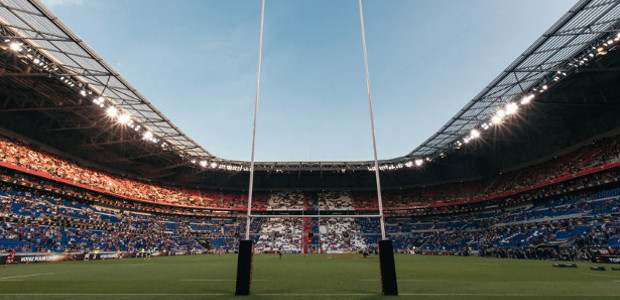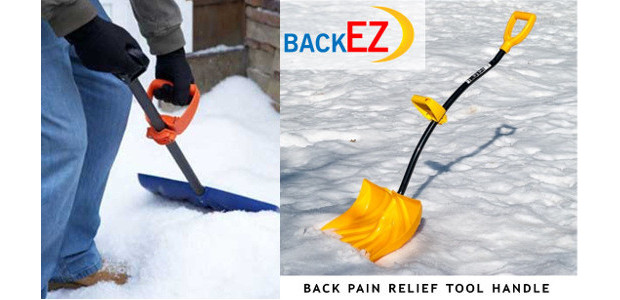Quality over Quantity Between Codes in Ulster and Irish Rugby
“Ospreys v Ulster” (CC BY-SA 2.0) by Chris P Jobling There are four major rugby league clubs in the Irish province of Ulster and just the one rugby union team, yet the cautionary tale when comparing the two codes of this sport is quantity does not make for quality.
League largely centres upon Belfast, the capital of Northern Ireland, with three-quarters of Ulster teams based in and around the city. There is no unified front in 13-a-side rugby with fans having the choice of the Eagles, Stags and Met Scholars, or – if you’re from Portadown – the Pumas.
Rugby Union lives up to its name in Ulster, as there is just a sole PRO14 side for the entire province to get behind. The players here benefit from testing themselves at a higher level than their league counterparts.
The All-Ireland Rugby League Championship is exactly what it says on the tin: a competition within the island of Ireland that sees clubs from the four provinces – Connacht, Leinster, Munster and Ulster – battling for supremacy.
There is a quasi-international flavour to the PRO14 which sees the Irish provinces battle clubs from Scotland, Wales, Italy and even two former Super Rugby franchises in South Africa. This simply creates better players and serves Ireland’s national rugby union team very well indeed. It is reflected in how odds compilers believe the two codes will get on at international level come the respective World Cups in 2021 and 2023. According to the Rugby League odds on offer, Ireland are massive 250/1 outsiders to win the next Rugby League World Cup in England. The Wolfhounds have had to qualify for that tournament finals, defeating Spain and Italy in play-offs. It is unthinkable that their union counterparts – a Tier 1 nation – would have to do likewise.
Ireland’s national union team are notably shorter – 10/1 – in the outright betting for the 2023 Rugby World Cup in France. This is no small part down to the Ulster players’ new Irish head coach Andy Farrell, whom they can call upon and work with as he builds to that tournament. What league counterpart Stuart Littler wouldn’t give to have established names in rugby playing for the Wolfhounds. The disparity – in odds, personnel and resources – is pretty stark. Ulster players still have a presence among Ireland’s rugby union forward options. Those no longer include retired hooker great Rory Best, but lock Iain Henderson and front row Rob Herring remain in the pack.
Farrell also included half-back duo Billy Burns and John Cooney in his most recent Six Nations squad. Other Ulster backs on the Irish union roster are fullback Will Addison, centre Stuart McCloskey and star wing Jacob Stockdale.
This contrasts sharply with seldom few Ulstermen in Wolfhounds ranks. Littler is using the odd Super League player, but mainly draws his pool from English Rugby League Championship clubs and even some names from lower divisions.
This explains how one code of Irish rugby is always in the reckoning as contenders for international trophies, while the other is little more than a footnote and struggles to reach major tournaments.









